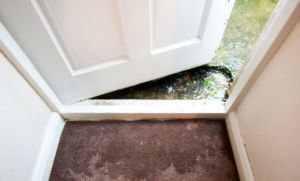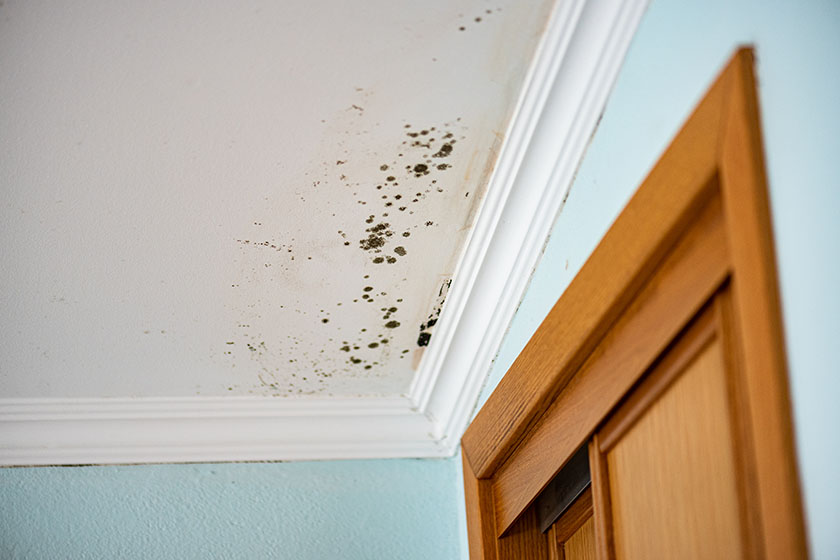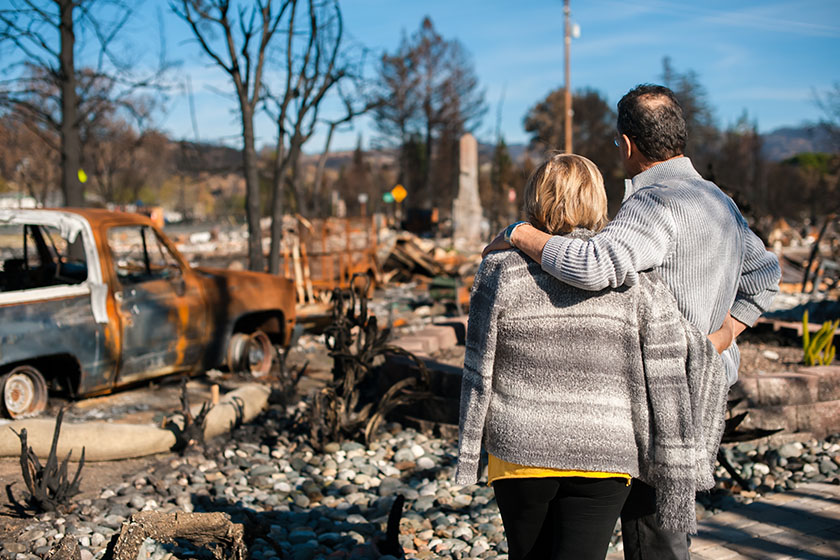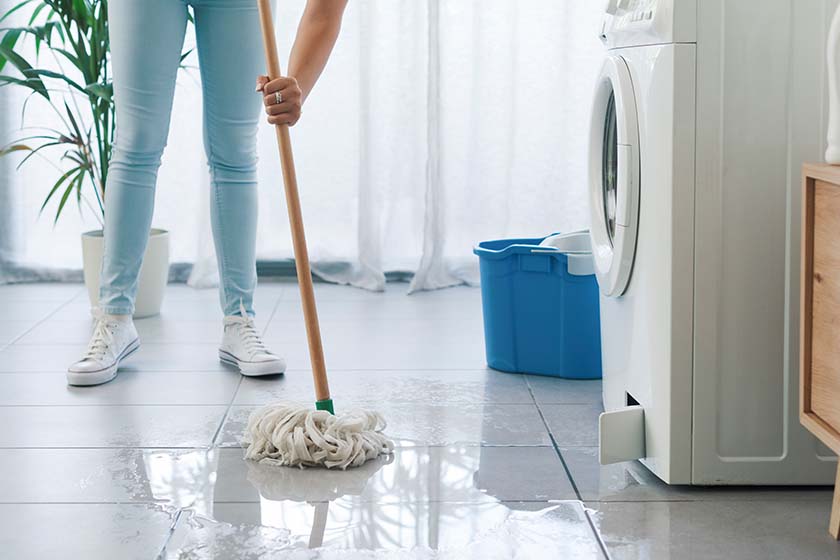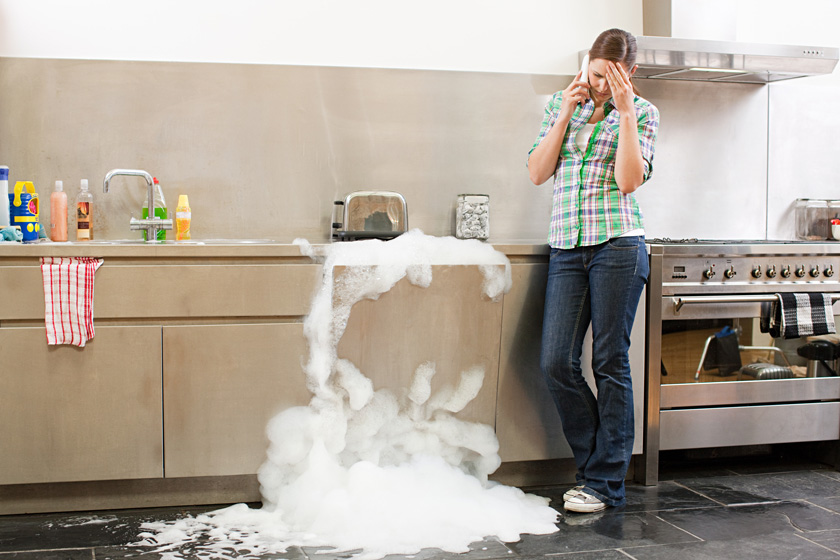The water is rising. What do you do?
First, call Abbotts Fire and Flood Restoration to get help on the way. Then follow Abbotts water emergency action guidelines.
Abbotts Fire and Flood Restoration will clean up and repair your flooded or water-damaged property like new, but there are some things you can do to help. The actions you take before, during and after water damages your property can help protect it from the worst damage and reduce the time and expense necessary to get it restored and your life back to normal.
Safety First, Always
This set of guidelines will help you keep the damage to a minimum and get started recovering right away. But before you do any kind of work at a site that has water damage, make sure you consider possible safety and health hazards that may be present.
Common hazards associated with water leaks and flooding include:
- Electrical hazards
- Gas leaks
- Chemical and biological contaminants in flood water and its residue
- Potentially toxic concentrations of mold and its spores
- Structural weakening in saturated building materials
- Dangerous wild animals washed into structures during flooding
These are only a few of the hazards you may encounter in your flooded or water-damaged structure. Make sure that you proceed with caution, regularly assessing areas for these and other risks as you follow these guidelines.
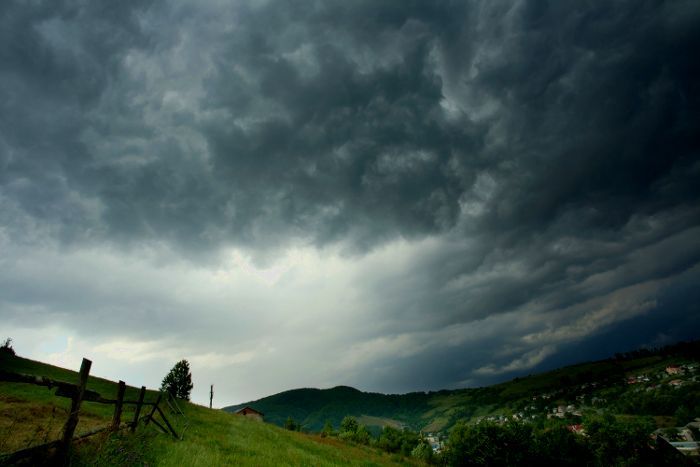
Denver and the Front Range face flooding risks ahead. Click to read “Flooding Risks: We’re Not Out of the Woods, Yet”
Start Combating Water Damage Right Away
When misfortune strikes it’s easy to feel helpless. Getting started doing something to reclaim your normal life right away lifts the feeling of helplessness and makes it easier for professional water damage restoration experts at Abbotts to restore your property easily.
Here is an Abbotts checklist you can use to get started recovering before help arrives:
-
Find the source of the water and stop it, if possible.
-
Turn off the main circuit breakers to the structure. Do not operate electrical equipment in wet areas.
-
If safe, remove furnishings from wet carpet to avoid staining.
-
If safe, remove breakable items and items that are susceptible to water damage.
-
If safe, remove or lift curtains and other hanging items that touch the floor to avoid damage and staining.
-
Do not run fans or air conditioning if the damage is caused by flooding or a sewage leak. Doing so can spread contamination.
-
Open doors and windows to allow air into the structure.
-
Make sure you thoroughly wash your hands and disinfect tools and equipment used in water damage cleanup.
When water threatens your home or business call Abbotts day or night, 365 days a year to get help fast. Then follow Abbotts water emergency action guidelines to start restoring your property right away.


